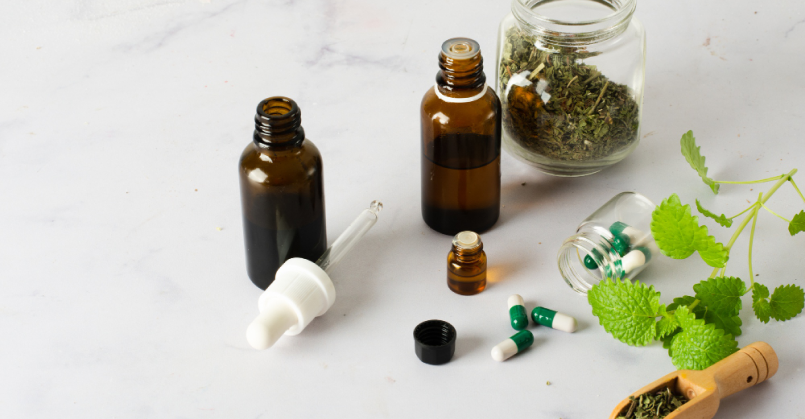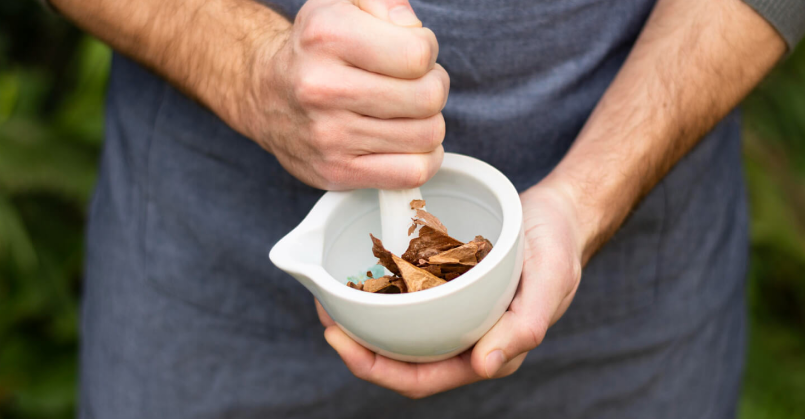
Table of Contents
- Introduction to Ayurveda and Vata Pitta Kapha
- What is Vata Pitta Kapha?
- How to Balance Vata Pitta Kapha ?
- How to Decrease Vata Dosha ?
- Conclusion
Introduction
Ayurveda, the ancient science of life, revolves around the concept of Vata, Pitta, and Kapha—the three primary energies governing our body and mind. These Ayurveda Kapha Vata Pitta doshas define our constitution and influence our health. Maintaining a Vata Pitta Kapha balance is key to overall well-being.
What is Vata Pitta Kapha?
In Ayurveda, Vata, Pitta, and Kapha represent different elements and govern specific bodily functions:
- Vata (Air & Space): Governs movement, breathing, and the nervous system.
- Pitta (Fire & Water): Responsible for digestion, metabolism, and transformation.
- Kapha (Earth & Water): Provides structure, stability, and lubrication.
Each person has a unique combination of these doshas, influencing their physical and emotional traits. Understanding Vata Pitta Kapha meaning helps in aligning lifestyle and diet with natural rhythms.
🔗 Read More About Vata Pitta Kapha
How to Balance Vata Pitta Kapha?
Balancing Vata Pitta Kapha dosha requires personalized adjustments in diet, lifestyle, and mindset. Here are some key methods:
1. Diet Adjustments
- Vata Balancing: Warm, moist, and grounding foods like soups, cooked grains, and healthy fats.
- Pitta Balancing: Cooling foods like cucumber, coconut, and fresh greens.
- Kapha Balancing: Light, warm, and spicy foods such as ginger tea and leafy greens.
2. Lifestyle Practices
- Vata: Stick to a routine, warm baths, and calming activities.
- Pitta: Avoid excessive heat and practice cooling activities like meditation.
- Kapha: Stay active, engage in stimulating exercises, and avoid oversleeping.
3. Herbal Remedies
- Vata: Ashwagandha, sesame oil, and Brahmi.
- Pitta: Aloe vera, neem, and coriander.
- Kapha: Ginger, black pepper, and turmeric.
🔗 Ayurvedic Tips for Dosha Balance
How to Decrease Vata Dosha ?
Excess Vata can lead to anxiety, restlessness, and digestive issues. Here’s how to manage it:
Warm & Nourishing Foods
- Opt for cooked meals with healthy fats.
- Avoid dry, raw, and cold foods.
Calming Routine
- Set a fixed daily schedule with regular meals and sleep.
- Practice gentle yoga and deep breathing.
Use of Oils & Herbs
- Apply warm sesame oil for self-massage (Abhyanga).
- Drink ashwagandha tea for relaxation.
Conclusion
Understanding Vata Pitta Kapha is essential for maintaining a harmonious life. By making mindful dietary and lifestyle choices, you can restore balance and well-being. Ayurveda provides time-tested techniques to achieve holistic health.


